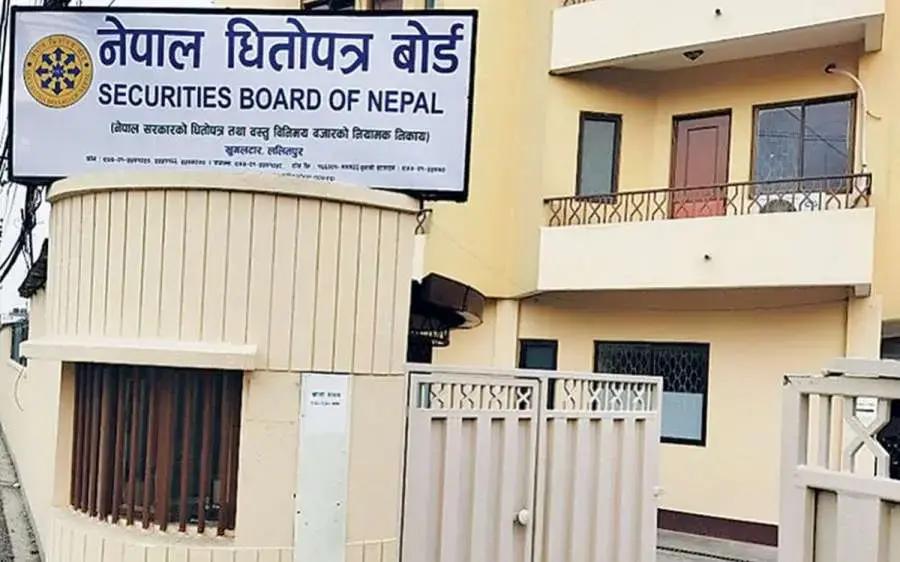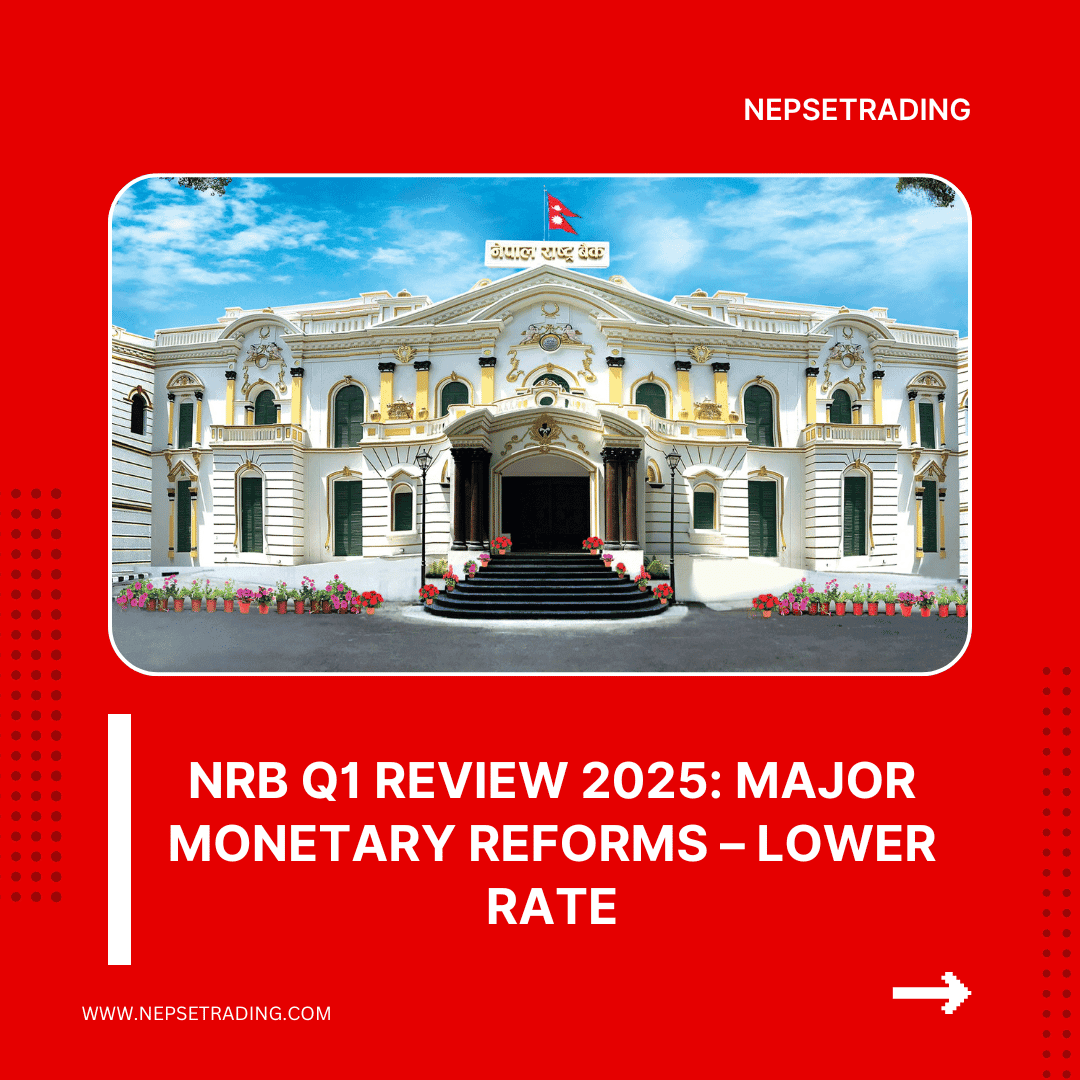By Sandeep Chaudhary
Spread Rate Comparison Which Bank Earns More from Loans?

Based on Nepal Rastra Bank’s Key Financial Indicators (Asadh end, 2082 / mid-July 2025), the spread rate — the difference between a bank’s average lending rate and deposit rate — provides an important measure of profitability. A higher spread usually signals stronger earnings from lending operations, though it may also indicate costlier borrowing for customers.
Across Nepal’s commercial banks, the average spread rate is 3.66%, showing a healthy but competitive margin. However, there are clear leaders and laggards when comparing banks individually.
At the top, NIC Asia Bank records the highest spread rate of 3.99%, suggesting it earns more per unit of loan compared to its peers. Close behind are Prabhu Bank (3.73%), NMB Bank (3.82%), and Machhapuchhre Bank (3.79%), all of which show strong lending margins. These banks appear to be effectively managing deposit costs while maximizing lending returns, giving them an advantage in profitability.
On the lower end, Nepal Investment Mega Bank stands at just 3.01%, and Standard Chartered Bank Nepal at 3.53%, reflecting leaner spreads. While this may reduce short-term profitability, it could make these banks more attractive to large borrowers who prefer competitive lending rates. Similarly, Everest Bank (3.48%) and Nabil Bank (3.57%) also sit below the sector average.
This spread rate variation highlights two strategies in the market. Some banks (like NIC Asia and Prabhu) are focusing on higher margins and profitability, while others (like Standard Chartered and NIMB) seem to prioritize competitive pricing and market capture. Investors and borrowers alike should watch these differences closely — higher spreads can strengthen a bank’s earnings but also risk driving borrowers toward cheaper alternatives.









